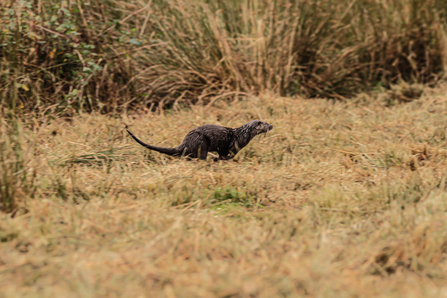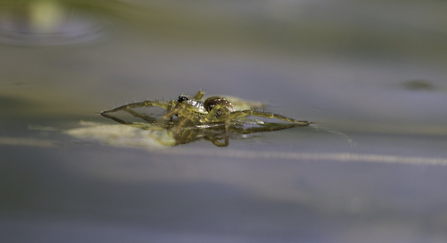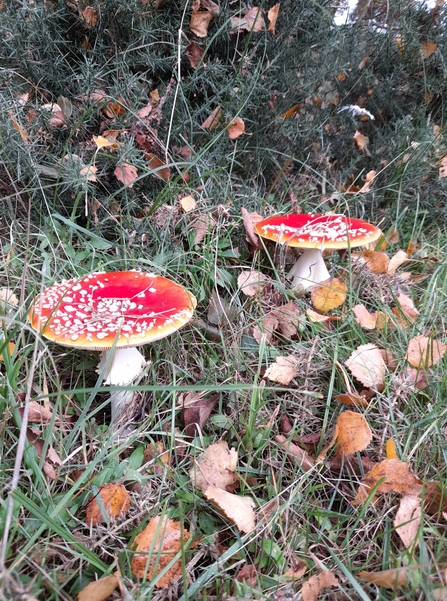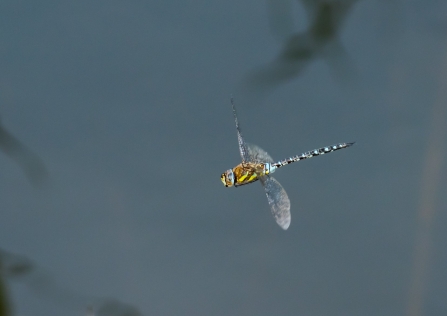With fungi appearing, the temperature dropping and daylight hours growing shorter, getting outside and making the most of this season’s natural wonders is even more important. Take a look at our October wildlife sightings and see what you could spot.
Mere Sands Wood
Mere Sands Wood is a haven of autumn delights, with fly agaric, deceiver, collared earthstar and shaggy pholiota mushrooms all emerging from the woodland floor last month. Higher up, one of our visitors spotted a robin’s pincushion gall. These fuzzy looking galls form on wild roses when, after a tiny gall wasp lays its eggs in the plant, its larvae start feeding on the plant.
It was wonderful to see bramblings feeding high up in the trees and the number of shovelers and other ducks growing on the lakes. Most excitingly, with bird breeding season out of the way, we were finally able to start work on the new bird hide that will replace the Cyril Gibbons hide we sadly lost to arson in 2020. We hope the work will be completed by the end of November.





